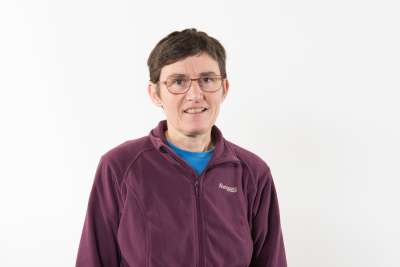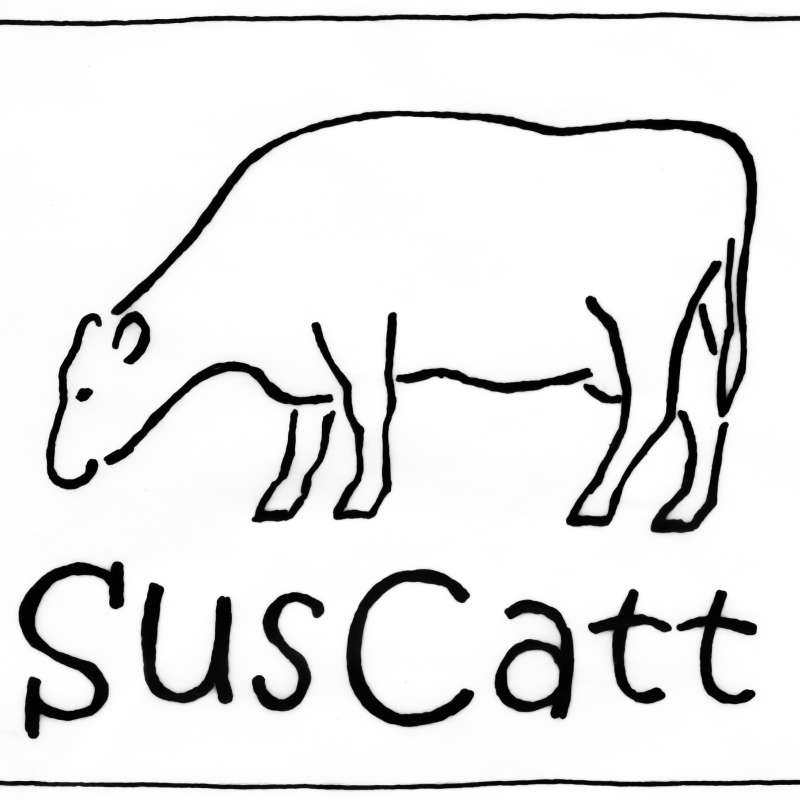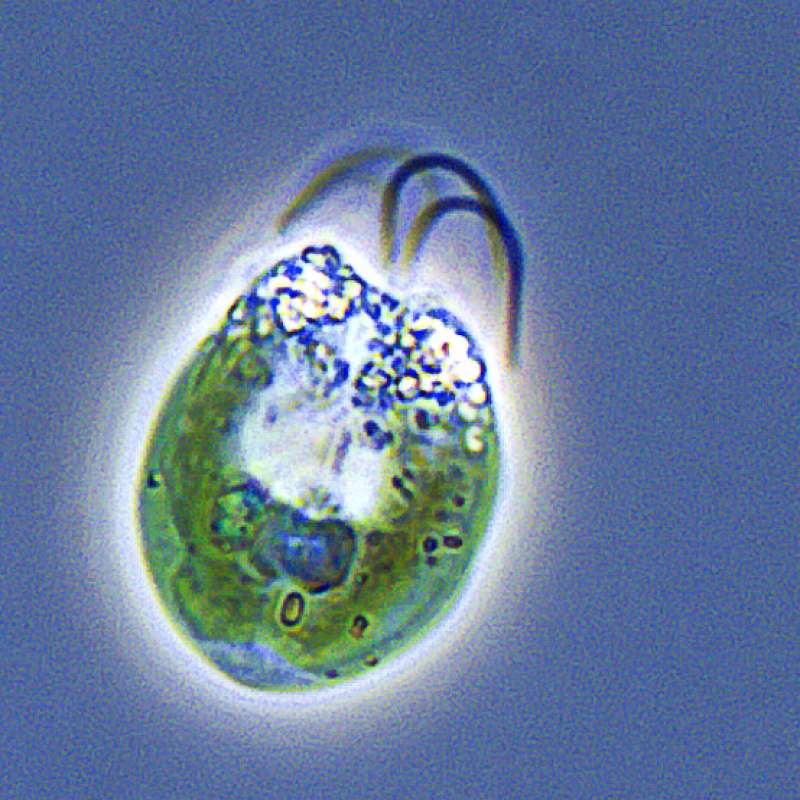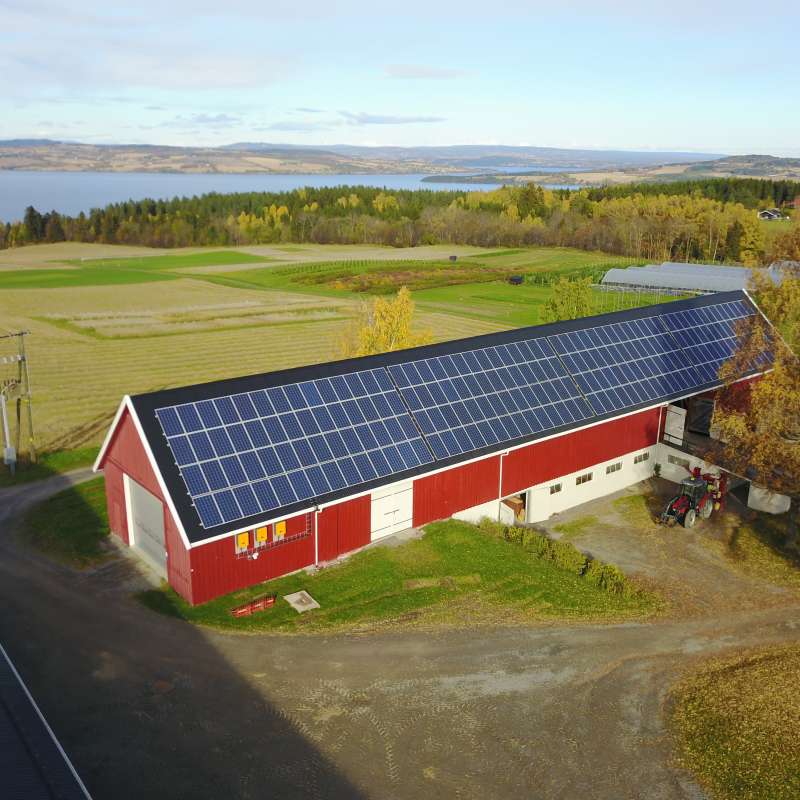
Life Cycle Assessments (LCA)
For the past ten years, NIBIO research groups have been using Life Cycle Assessments (LCAs) to investigate the environmental impact of producing, distributing, using and disposing of goods and services based on biological resources. This research work is initiated by the groups independently in some cases, or is commissioned by industry and government agencies.
The LCA method is standardized on an international level (via ISO 14040/14044) and involves a systematic review of all processes in the chain, from extraction of the raw materials through to disposal as waste. This approach is often referred to as following the product from "cradle to grave."
The LCA can also be limited to specific parts of the life cycle, such as from the manufacturer to the distribution chain or consumer. The impacts on the environment are summarized and stated per unit of a product or service — known as the "functional unit."
The LCA method does not cover all types of environmental impact. It also requires several simplifications and is linked with an element of uncertainty, especially when applied to biological processes that are difficult to monitor and that involve significant natural variation.
NIBIO chose to establish the LCA method as part of the institute's toolbox because it allows several impact types to be summarized in an internationally standardized and recognized set of indicators, because it provides access to comprehensive databases on which new analyses can be built, and because both industry and government agencies require analyses based on this method. Establishing skills and tools of this nature with a view to aiding the development of sustainable bio-based industries is a clear element of NIBIO's objectives.
Publications
Authors
Callum Aidan Stephen Hill Andrew Norton Janka DibdiakovaAbstract
More than sixty environmental product declarations of insulation materials (glass wool, mineral wool, expanded polystyrene, extruded polystyrene, polyurethane, foam glass and cellulose) have been examined and the published information for global warming potential (GWP) and for embodied energy (EE) has been analysed and is presented. A peer-review literature survey of the data for GWP and EE associated with the different insulation products is also included. The data for GWP (kg carbon dioxide equivalents) and EE (megajoules) is reported in terms of product mass or as a functional unit (FU) (1 m2 of insulation with R = 1 m2 K/W). Data for some classes of insulation material (such as glass wool) exhibit a relatively narrow range of values when reported in terms of weight of product or as a functional unit. Other classes of insulation material exhibit much wider distributions of values (e.g., expanded polystyrene). When reported per weight of product, the hydrocarbon-based insulation materials exhibit higher GWP and EE values compared to inorganic or cellulosic equivalents. However, when compared on an FU basis this distinction is no longer apparent and some of the cellulosic based materials (obtained by refining of wood chips) show some of the highest EE values. The relationship between the EE and GWP per kg of insulation product has also been determined as being 15.8 MJ per kg CO2 equivalents.
Abstract
No abstract has been registered
Authors
Ola Stedje Hanserud Francesco Cherubini Anne Falk Øgaard Daniel Beat Mueller Helge BrattebøAbstract
Increased nutrient cycling in the agri-food system is a way to achieve a healthier nutrient stewardship and more sustainable food production. In life cycle assessment (LCA) studies, use of recycled fertilizer products is often credited by the substitution method, which subtracts the environmental burdens associated with avoided production of mineral fertilizer from the system under study. The environmental benefits from avoided fertilizer production can make an important contribution to the results, but different calculation principles and often implicit assumptions are used to estimate the amount of avoided mineral fertilizer. This may hinder comparisons between studies. The present study therefore examines how the choice of substitution principles influences LCA results. Three different substitution principles, called one-to-one, maintenance, and adjusted maintenance, are identified, and we test the importance of these in a case study on cattle slurry management. We show that the inventory of avoided mineral fertilizer varies greatly when the different principles are applied, with strong influences on two-thirds of LCA impact categories. With the one-to-one principle, there is a risk of systematically over-estimating the environmental benefits from nutrient cycling. In a sensitivity analysis we show that the difference between the principles is closely related to the application rate and levels of residual nutrients in the soil. We recommend that LCA practitioners first and foremost state and justify the substitution method they use, in order to increase transparency and comparability with other studies. © 2017 Elsevier B.V. All rights reserved.
Authors
Ola Stedje Hanserud Kari-Anne Lyng Jerke W. de Vries Anne K. Falk Øgaard Helge BrattebøAbstract
©2017 by the authors. Licensee MDPI, Basel, Switzerland. This article is an open accessarticle distributed under the terms and conditions of the Creative Commons Attribution(CC BY) license (http://creativecommons.org/licenses/by/4.0/).
Authors
Anne Kjersti Bakken Kristin Daugstad Astrid Johansen Anne-Grete Roer Hjelkrem Gustav Fystro Anders Hammer Strømman Audun KorsæthAbstract
This is the authors' accepted and refereed manuscript to the article. Locked until 18 September 2019 due to copyright restrictions.
Abstract
No abstract has been registered
Authors
Matthias KoeslingAbstract
No abstract has been registered
Authors
Callum Aidan Stephen Hill Janka DibdiakovaAbstract
No abstract has been registered
Abstract
Embodied energy in barns is found to contribute to about 10–30% of total energy use on dairy farms. Nevertheless, research on sustainability of dairy farming has largely excluded consideration of embodied energy. The main objectives of this study were to apply an established model from the residential and commercial building sector and estimate the amount of embodied energy in the building envelopes on 20 dairy farms in Norway. Construction techniques varied across the buildings and our results showed that the variables which contributed most significantly to levels of embodied energy were the area per cow-place, use of concrete in walls and insulation in concrete walls. Our findings are in contrast to the assumption that buildings are similar and would show no significant differences. We conclude that the methodology is sufficiently flexible to accommodate different building design and use of materials, and allows for an efficient means of estimating embodied energy reducing the work compared to a mass material calculation. Choosing a design that requires less material or materials with a low amount of embodied energy, can significantly reduce the amount of embodied energy in buildings.
Abstract
No abstract has been registered
Authors
Anne-Grete Roer Hjelkrem Astrid Johansen Anne Kjersti Bakken Kristin Daugstad Gustav Fystro Anders Hammer StrømmanAbstract
No abstract has been registered
Authors
Anne-Grete Roer Hjelkrem Audun Korsæth Trond Henriksen Ottar Michelsen Anders Hammer StrømmanAbstract
No abstract has been registered
Projects

Division of Food Production and Society
SusCatt

Division of Biotechnology and Plant Health
Algae2Future
A2F's vision is to lay the foundation for industrial microalgae production in Norway, utilizing natural resources and waste streams from existing production lines within agriculture, aquaculture and process industry.

Division of Food Production and Society
SolarFarm
SolarFarm - Exploring solar on-farm energy production combined with a fleet of electrical vehicles and precision agriculture for reduced GHG-emissions
